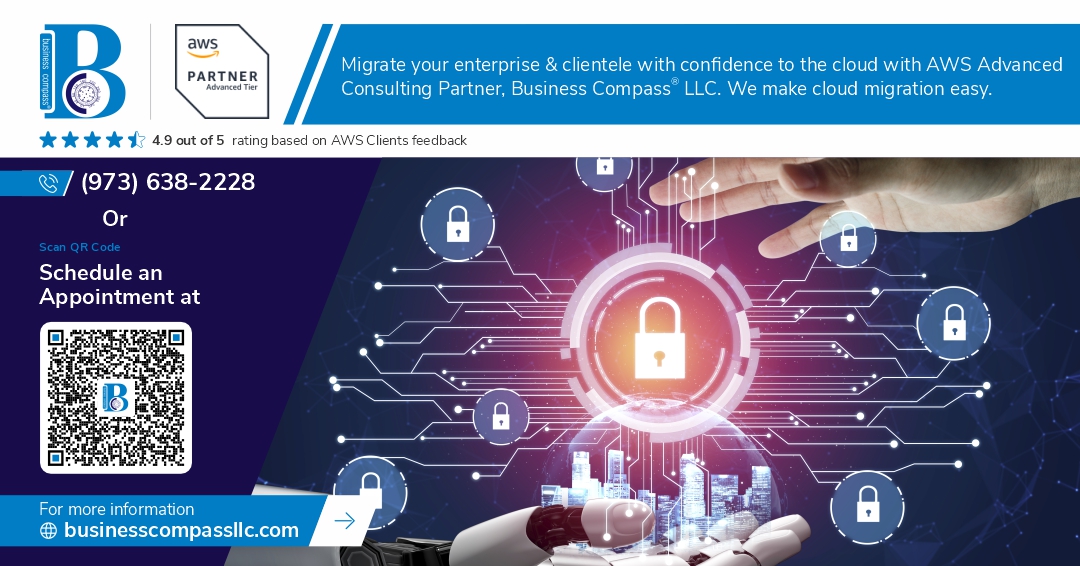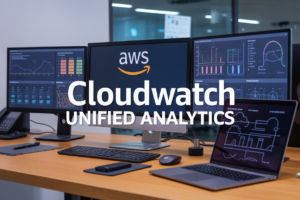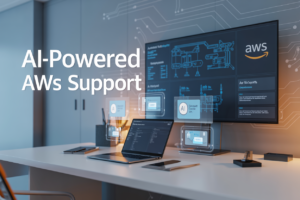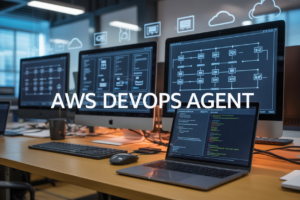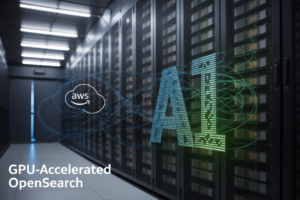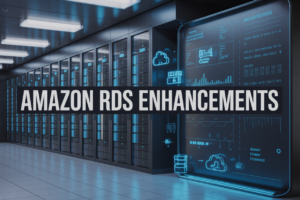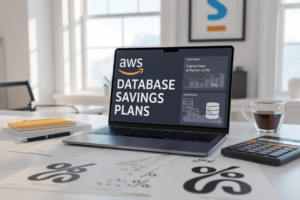Ever tried explaining your AWS security strategy to a non-technical executive only to watch their eyes glaze over faster than a frozen EC2 instance? You’re not alone. While most AWS security guides obsess over compliance checkboxes, they rarely address what keeps cloud architects up at night: practical implementation.
I’m going to show you how to transform your AWS security from a documentation exercise into a robust defense system that actually works in the real world.
Advanced AWS app security isn’t just about following AWS’s best practices anymore—it’s about building layered protection that adapts to emerging threats while keeping your applications running smoothly.
But here’s the question that changes everything: what if the most dangerous security vulnerabilities in your AWS environment aren’t in your code at all, but in how your teams interact with it?
Understanding AWS Security Beyond the Basics
Understanding AWS Security Beyond the Basics
A. Key Security Challenges in Modern Cloud Applications
Cloud apps face threats that traditional security can’t handle. Misconfigured S3 buckets expose data daily. Third-party integrations create backdoors. API vulnerabilities get exploited. And container deployments? They’re security nightmares without proper controls. Your compliance checklist won’t save you from these real-world problems.
B. Why Compliance Alone Isn’t Enough
Compliance frameworks give you a false sense of security. They’re the bare minimum, not a security strategy. Think about it – PCI DSS or HIPAA requirements are snapshots in time while threats evolve hourly. Meeting compliance doesn’t mean you’re secure; it just means you checked some boxes. Smart attackers target the gaps between compliance requirements.
C. The Business Case for Advanced Security Measures
Security breaches cost way more than prevention. The average data breach? $4.35 million. Customer trust obliteration? Priceless. Advanced security isn’t just risk management—it’s competitive advantage. Companies with robust security attract more enterprise clients, close deals faster, and avoid the revenue cliff that follows public breaches. Security sells.
D. AWS Shared Responsibility Model in Practice
AWS secures the cloud, you secure what’s in it. Simple in theory, messy in practice. Your responsibility changes across services—less with managed services, more with EC2. Most breaches happen in that gray area where teams assume AWS handles something they don’t. The model requires continuous training, clear ownership, and regular testing—not just understanding.
Essential Security Architecture Patterns
Essential Security Architecture Patterns
A. Defense-in-Depth Strategies for AWS Environments
Security isn’t a single barrier—it’s layers of protection. Your AWS environment needs multiple security controls working together. Think of it as a medieval castle with moats, walls, guards, and locked chambers. Each layer buys you time and limits damage when (not if) one defense fails.
Data Protection and Encryption Mastery
Implementing End-to-End Encryption in AWS
AWS encryption isn’t just checkbox compliance—it’s your data’s bodyguard. KMS lets you manage keys while CloudHSM handles the heavy lifting for sensitive workloads. Don’t forget S3’s server-side encryption options and the encryption SDK for your custom apps. The real power move? Automated rotation of your encryption keys.
Identity and Access Management Evolved
Beyond Basic IAM: Implementing Least Privilege at Scale
Ever tried giving everyone just the right amount of access without driving yourself crazy? Least privilege sounds great on paper, but scaling it across hundreds of services and thousands of users gets messy fast. The secret? Start with AWS Access Analyzer to identify overly permissive policies, then implement permission boundaries to set guardrails.
Advanced Detection and Response
Advanced Detection and Response
Building Effective CloudTrail Monitoring
Ever noticed how the best security systems don’t just block threats—they see them coming? That’s CloudTrail monitoring in a nutshell. It tracks every API call across your AWS environment, giving you an audit trail that’s pure gold for spotting suspicious activity. Set up those alerts right, and you’ll catch oddities before they become problems.
Leveraging AWS GuardDuty for Threat Detection
GuardDuty is like having a security expert working 24/7. It analyzes billions of events, using machine learning to flag the weird stuff—the impossible travel patterns, unusual API calls, and sketchy IP connections. Don’t wait for an incident to happen. GuardDuty spots the subtle signs others miss, often detecting threats weeks before they’d become obvious.
Implementing Custom Security Monitoring
Off-the-shelf solutions won’t catch everything unique to your environment. Custom monitoring fills those gaps. Create tailored CloudWatch metrics that track exactly what matters to your apps. Maybe it’s failed logins, config changes, or database access patterns. The secret? Know your normal, so you can instantly spot your abnormal.
Automating Incident Response in AWS
When seconds count, automation saves the day. Set up Lambda functions that instantly quarantine compromised resources, rotate credentials, or block suspicious IPs. The best teams don’t scramble during incidents—they’ve already coded their response playbooks into AWS automation. It’s not just faster; it’s more consistent when humans are in panic mode.
Containerization and Serverless Security
Securing Docker Containers in AWS
AWS container security isn’t rocket science, but it needs serious attention. Lock down your container images by scanning for vulnerabilities, implementing least-privilege IAM roles, and enabling encryption. Don’t forget to isolate your containers properly with security groups and regularly audit your ECS/EKS configurations for drift. Automation is your friend here.
DevSecOps Integration for AWS
DevSecOps Integration for AWS
A. Security Testing in CI/CD Pipelines
Ever tried bolting security onto a finished app? Nightmare fuel. Smart teams embed security checks directly into their CI/CD pipelines. Automated scans for secrets, misconfigurations, and vulnerable dependencies catch problems before deployment. Tools like AWS CodePipeline with integrated security gates make this seamless – fail the build, fix the issue, sleep better.
B. Infrastructure Scanning Automation
Why manually hunt for misconfigurations when machines do it better? Automating infrastructure scans with tools like AWS Config Rules, CloudSploit, or Prowler catches drift before it becomes a problem. Schedule daily scans against best practices, get alerts when something’s off, and auto-remediate common issues. No more forgetting to check those S3 bucket permissions.
C. Vulnerability Management Workflows
Vulnerabilities pile up faster than laundry. Create workflows that automatically categorize findings, assign owners, and track remediation progress. Integration between AWS Security Hub and ticketing systems means critical issues never fall through cracks. Set SLAs based on severity – zero-days get fixed now, low-risk items can wait their turn.
D. Shift-Left Security Practices for AWS
Stop treating security as the department of “no.” By shifting security left, developers build secure apps from day one. Pre-commit hooks catch secrets before they hit repos. IDE plugins flag insecure patterns while coding. AWS CloudFormation Guard validates templates before deployment. The payoff? Fewer emergencies, faster deployments, and developers who actually understand security.
Real-World Security Implementation
Real-World Security Implementation
A. Case Studies: Security Wins in Enterprise AWS Environments
Ever seen what happens when security actually works? Company X faced constant DDoS attacks until they implemented AWS Shield Advanced with auto-scaling. Attacks dropped 97%. Another win: Financial firm Y moved sensitive workloads behind AWS PrivateLink, cutting exposure points by 80% while maintaining performance. These aren’t flukes—they’re repeatable patterns.
Secure Your AWS Applications Beyond the Basics
AWS security requires far more than simply ticking compliance boxes. By implementing robust security architecture patterns, mastering data encryption techniques, and evolving your IAM practices, you can build a comprehensive security posture. Advanced detection capabilities, specialized container protections, and DevSecOps integration transform security from a standalone function into an integral part of your development lifecycle.
The journey to advanced AWS application security is continuous. Start by implementing one security pattern at a time, focusing on your most critical workloads first. Remember that effective security isn’t about deploying every possible control—it’s about strategically implementing the right protections for your unique environment. Your applications deserve protection that goes beyond compliance requirements to truly safeguard your business assets and customer trust.










